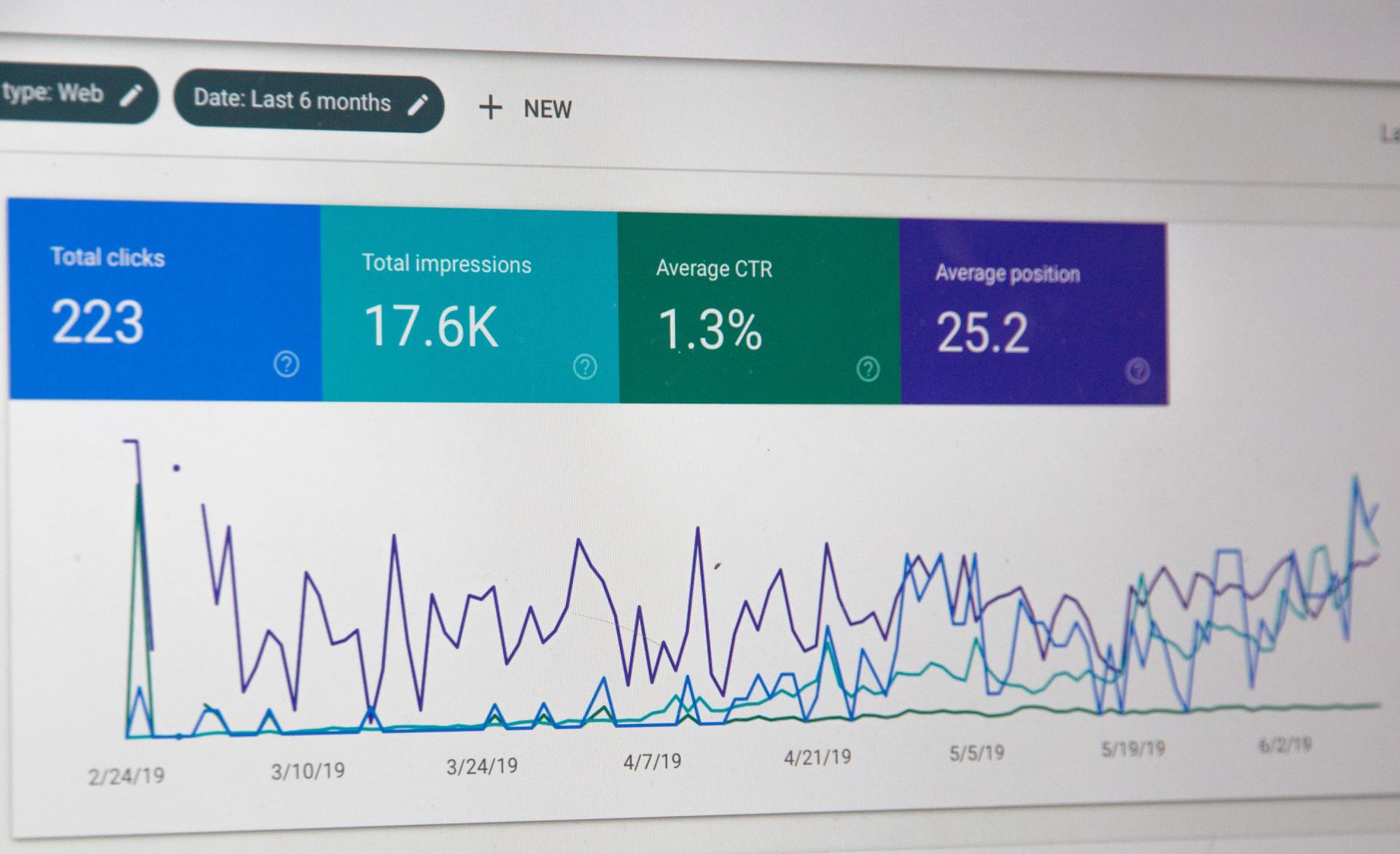AI agent
Updated: Oct 13, 2025
An AI agent is a software program that can perceive its environment, make decisions, and take autonomous actions to achieve specific goals. Think of it as an intelligent entity that acts on your behalf, much like a personal assistant, but with the ability to learn and adapt. At their core, AI agents are powered by large language models (LLMs), which provide them with the ability to understand and reason.
Key Characteristics of AI Agents
Several key features distinguish AI agents from other types of software:
- Autonomy: AI agents can operate independently without direct human intervention. You give them a goal, and they figure out the best way to achieve it.
- Reactivity: They can perceive their environment and respond to changes in it. This could be anything from monitoring stock prices to responding to customer inquiries.
- Pro-activity: Agents don't just react; they can also take the initiative to achieve their goals. For example, a sales agent might proactively identify new leads.
- Social Ability: Some AI agents can interact with other agents or humans to accomplish their tasks, often through natural language.
- Learning: A crucial aspect of AI agents is their ability to learn from experience and improve their performance over time.
How AI Agents Work
The workflow of an AI agent typically involves a few key steps:
- Perception: The agent gathers information about its environment through sensors or data inputs.
- Reasoning and Decision Making: Using its internal model of the world and its goals, the agent analyzes the information and decides on the best course of action. This process is often guided by a utility function that helps it evaluate the desirability of different outcomes.
- Action: The agent executes the chosen action through its "actuators," which could be anything from sending an email to controlling a robotic arm.
- Learning: The agent observes the results of its actions and updates its internal model to improve future performance. A key learning paradigm is reinforcement learning, where the agent learns through trial and error, receiving rewards or penalties for its actions.
Types of AI Agents
AI agents can be categorized based on their complexity and capabilities:
- Simple Reflex Agents: These are the most basic type of agent. They act only based on the current situation, following a set of predefined rules. They don't have a memory of past events. A thermostat is a simple real world example.
- Model Based Reflex Agents: These agents maintain an internal "model" or understanding of how the world works. This allows them to handle situations that are not immediately observable and to have a memory of past states. A self driving car that can track the location of other vehicles is an example.
- Goal Based Agents: These agents have a specific goal to achieve. They use search and planning to find a sequence of actions that will lead to their goal. A GPS navigation system that finds the best route to a destination is a goal based agent.
- Utility Based Agents: When there are multiple ways to achieve a goal, these agents choose the one that maximizes their "utility" or happiness. They weigh the pros and cons of different outcomes to make the most beneficial decision.
- Learning Agents: These are the most advanced agents. They can learn from their experiences and adapt to new situations. This allows them to improve their performance over time without being explicitly reprogrammed.
Real World Applications
AI agents are already being used in a variety of fields:
- Customer Service: Chatbots and virtual assistants that can answer questions and resolve issues.
- Finance: Agents that can monitor financial markets and execute trades.
- Healthcare: AI agents that can assist with diagnosis and treatment planning.
- E-commerce: Personalized recommendation engines that suggest products based on a user's browsing history.
- Robotics: Robots that can perform tasks in manufacturing, logistics, and even in our homes.




